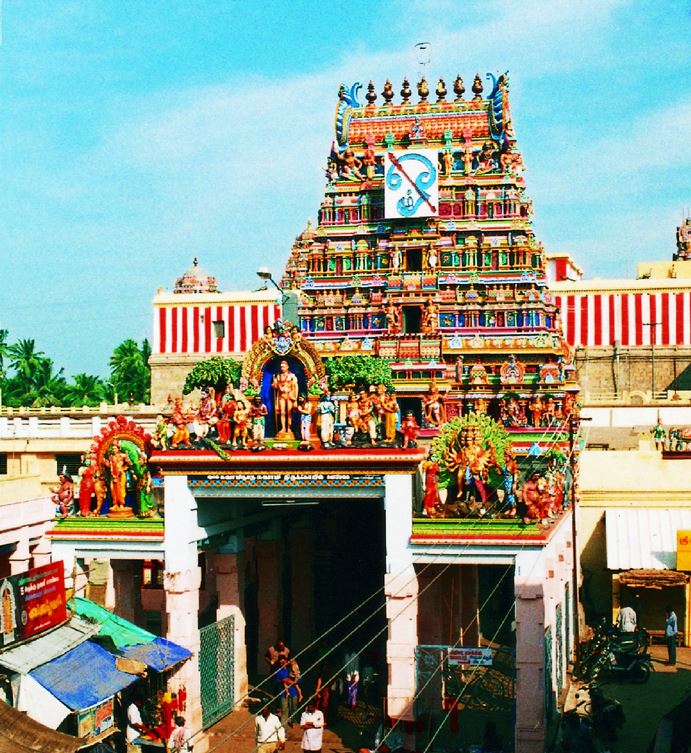

The word Thaipusam is a combination of the name of the month, Thai, and the name of a star, Pusam (Tamil word for Pushya Malayalam word - Pooyam). In certain states of Malaysia and in the nations of Sri Lanka and Mauritius, it is also a government and a bank holiday. In India Tamil Nadu state is declared for holiday. It is a national holiday in many countries such as Malaysia, Sri Lanka and Mauritius. It is mainly observed in countries where there is a significant presence of Tamil community such as India, Sri Lanka, Malaysia, Mauritius, as well as other places where ethnic Tamils reside as a part of the local Indian diaspora population such as Canada, Singapore, South Africa, the United States, Réunion, Indonesia, Thailand, Myanmar, Trinidad and Tobago, Guyana, Suriname, Jamaica and the other parts of the Caribbean. The festival is also observed among Keralites and is vernacularly called Thaipooyam ( Malayalam: തൈപ്പൂയം).
#SWAMIMALAI THIRUPUGAL FULL#
Thaipusam or Thaipoosam ( Tamil: தைப்பூசம், Taippūcam ?), is a festival celebrated by the Tamil community on the full moon in the Tamil month of Thai (January/February), usually coinciding with Pushya star, known as Poosam in Tamil or Pooyam in Malayalam. The festival commemorates the occasion when Parvati gave Murugan (aka Kartikeya) a Vel Further, the other Samaya Kuravar Thirunavukkarasu at the age of 81 is said to have been liberated here from this mortal life on earth on the day of Sadaya Nakshtra in the Tamil Month of Chithirai.Tamils, Malayalis, Tamil Sri Lankans, Tamil Malaysians, Tamil Singaporeans, Tamil Indonesians, Tamil Caribbeans, Tamil Fijians, and Tamil Mauritians Interestingly Panchavanmadevi’s Servant maid gave 9 Golden Flowers to Appar Bronze in this temple.Among the Saiva Samaya Kuravargal, Sundarar who relaxed here with brick stones as his head rest, found after awakening with surprise that the brick stones have been turned into golden stones. The Demon Banasura could not take out this Shiva Linga to his mother for worshipping, which led to him to attempt suicide, which was prevented by Lord Shiva, who tilted himself and allowed Banasura’s mother to worship him for her own place- hence the Tilted God got the name KONAPIRAN. People keep the bricks in the temple before commencing the construction of new house There is a nice Aghazhi around this temple. There are number of legends attached to the temple. The temple covers an area of over 7300 sq’ with (East-West Wall is 325’ long and North-South Wall is 225’) and the moat surrounds the temple. He is gifted with the faces of a man, bird and a pig. The temple has many rare idols, one such being that of Thirunavukkarasar. The navagrahas in this temple are not in the usual square format but in the form of the letter L. While going around the shrine of Vardhamaniswarar, one can spot the statues of Appar and Apudhi Adigal. Among the other idols in the temple are Dakshinamoorthi, Nataraja, Annapoorani, Saraswati and the sage Agastyar. In the inner ‘prakaram’ of the temple, there is a shrine for Agni, which has two faces, three legs, seven flames and seven hands. There is also a separate shrine for Chandrasekhara. It is a popular belief that blessed are those who worship the Lord here. Agnisvarar and Varthamaniswarar are the two deities, and Manonmani and Varthamaniswari are their respective Consorts. Both theses shrines symbolize two different aspects of the Lord. The specialty of this temple is that there are two separate shrines for Siva. There is an idol of Vinayaka, also called Gnana Vinayaka, which guards the entrance. The temple is usually entered through its southern entrance. The temple is also known by the following names – ‘Komesam’, which symbolizes that the lingam here has a slight slant, ‘Punnaga vanam’, which signifies the holy tree of the temple.


 0 kommentar(er)
0 kommentar(er)
